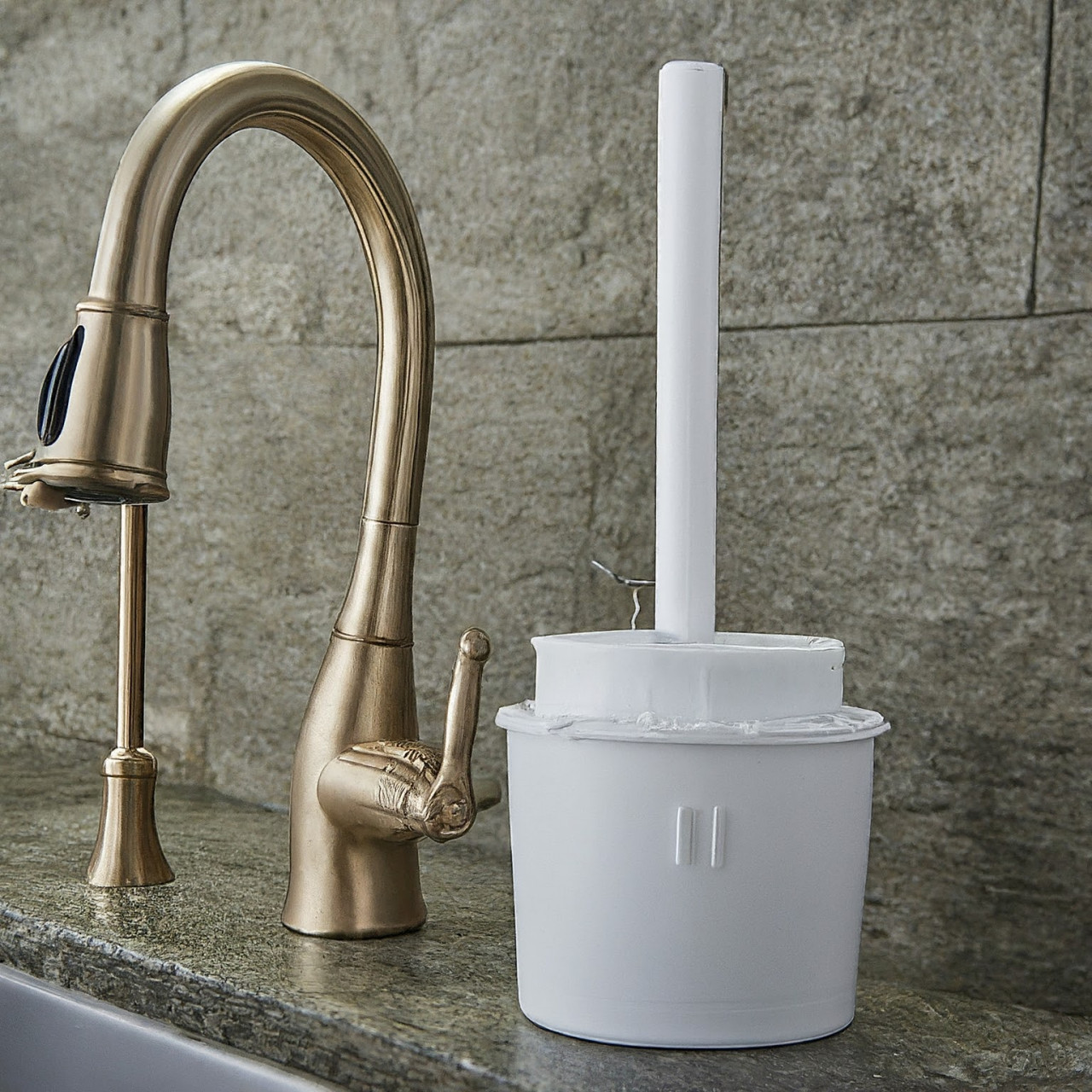Arsenic in Drinking Water

Arsenic contamination in drinking water is a significant public health concern that affects many communities, in Vermont. Arsenic, a naturally occurring element, can be harmful when present in high concentrations in drinking water. This article provides an overview of arsenic contamination discusses its sources and health impacts, and explores various detection and treatment options to ensure safe drinking water.
Understanding Arsenic Contamination
Arsenic is a metalloid found in the Earth's crust and can enter the water supply through natural processes and human activities. It is odorless and tasteless, making it difficult to detect without proper testing. Arsenic contamination is particularly prevalent in areas with certain types of bedrock that naturally release arsenic into groundwater.
Sources of Arsenic in Vermont
The primary sources of arsenic in drinking water include:
- Geological Sources: Vermont’s bedrock formations can release arsenic into groundwater. This naturally occurring arsenic can contaminate private wells and public water systems.
- Agricultural Practices: The use of arsenic-based pesticides in the past has contributed to soil and water contamination. Although these pesticides are no longer in use, their residues can persist in the environment for many years.
- Industrial Activities: Historical industrial activities, such as mining and manufacturing, have contributed to arsenic contamination. These activities can leave behind arsenic residues that leach into groundwater.
- Health Impacts of Arsenic: Long-term exposure to arsenic in drinking water can have serious health effects, including:
- Cancer: Arsenic is a known carcinogen and is associated with an increased risk of skin, lung, bladder, and kidney cancers.
- Cardiovascular Disease: Chronic arsenic exposure can lead to cardiovascular problems, including high blood pressure and heart disease.
- Diabetes: There is evidence linking long-term arsenic exposure to an increased risk of type 2 diabetes.
- Neurological Effects: Arsenic can affect the nervous system, leading to cognitive and motor function impairments.
- Developmental Issues: Exposure to arsenic during pregnancy and early childhood can result in developmental delays and lower IQ in children.
Detection of Arsenic in Drinking Water
Detecting arsenic in drinking water is crucial for ensuring public safety. Regular testing and monitoring are essential to identify contamination and take appropriate action.
- Water Testing Kits: Homeowners in Vermont can use water testing kits to collect samples and send them to certified laboratories for arsenic analysis. These kits are user-friendly and provide detailed instructions for proper sample collection.
- Professional Testing Services: Hiring professional water testing services can ensure more accurate and reliable results. Certified professionals use advanced analytical techniques to measure arsenic levels in water.
- Municipal Water Testing: Vermont’s municipal water systems conduct regular testing for arsenic as part of their compliance with the Environmental Protection Agency (EPA) standards. Residents can access water quality reports from their local water utilities.
- Point-of-Use Sampling: Point-of-use sampling involves collecting water samples directly from taps where water is consumed. This method helps identify specific sources of arsenic contamination within a home or building.
Treatment and Mitigation Strategies
Addressing arsenic contamination in drinking water requires effective treatment and mitigation strategies. The following methods are commonly used to reduce or eliminate arsenic from drinking water:
- Adsorption Media: Adsorption media, such as activated alumina and iron-based media, can effectively remove arsenic from water. These materials attract and hold arsenic particles, preventing them from passing through the filter.
- Reverse Osmosis (RO): Reverse osmosis is a highly effective method for removing arsenic and other contaminants from water. RO systems use a semipermeable membrane to filter out arsenic, providing safe drinking water.
- Anion Exchange: Anion exchange systems work by replacing arsenic ions in water with chloride or other harmless ions. This method is effective for reducing arsenic levels but requires regular maintenance and resin replacement.
- Coagulation and Filtration: This method involves adding a coagulant to water, which binds with arsenic particles, forming larger aggregates. These aggregates can then be removed through filtration. This process is often used in municipal water treatment plants.
- Point-of-Use Filters: Installing point-of-use filters on taps can effectively reduce arsenic levels in drinking water. These filters are designed to remove arsenic and other contaminants, providing safe drinking water directly at the point of consumption. It is important to use filters certified by organizations like NSF International for arsenic removal.
- Public Education and Outreach: Educating the public about the risks of arsenic in drinking water and the steps they can take to reduce exposure is crucial. Vermont has initiated public awareness campaigns to inform residents about arsenic testing, safe water practices, and available resources for arsenic mitigation.
Regulatory Framework and Compliance
Addressing arsenic in drinking water involves adhering to strict regulatory frameworks and compliance measures to protect public health. The following regulations and guidelines are essential for managing arsenic contamination in Vermont:
- EPA Arsenic Rule: The EPA has set the maximum contaminant level (MCL) for arsenic in drinking water at 10 parts per billion (ppb). Water systems must regularly test for arsenic and take corrective actions if levels exceed the MCL.
- State Regulations: Vermont's Department of Environmental Conservation (DEC) enforces state-specific regulations that complement federal guidelines. The DEC works closely with municipal water systems to ensure compliance with arsenic monitoring and treatment requirements.
- Lead Service Line Inventory: Vermont is developing an inventory of lead service lines to identify and prioritize replacement projects. This inventory helps allocate resources effectively and ensures that high-risk areas are addressed promptly.
- School and Childcare Facility Testing: Vermont law requires all schools and childcare facilities to test their drinking water for arsenic. This regulation ensures that children, who are most vulnerable to arsenic exposure, have access to safe drinking water in educational settings.